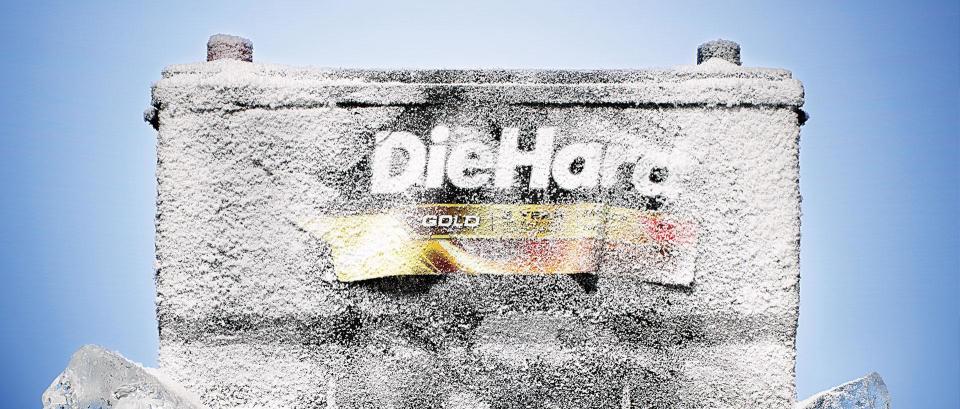Car Batteries: Which Ones Do Best?

The only time you probably think about your vehicle’s battery is when you try to start your car . . . and it doesn’t. If you’ve ever had that sinking feeling—in your empty office parking lot or when you need to rush the kids to school—you’ll remember how important it is not to take the battery’s health for granted.
The modern car battery is actually a pretty impressive bit of engineering. The technology that powers it is more than 100 years old and has seen only minor changes. Most batteries last about two to four years in hot climates and four to six years in cooler climates. But eventually every battery reaches the end of its life span and will need to be replaced.
We test about 150 car batteries year in and year out, generally 15 models every six months. For our tests, we buy five units of each battery at multiple stores. All testing is done in a lab, not in vehicles. That ensures consistent conditions and repeatable results.
We evaluate batteries for three major qualities. The first is cold-cranking amps (CCA), a measure of the ability of the battery to start an engine during extreme cold weather. We put a battery into a freezer until the battery temperature is 0° F, then check to see whether the battery will deliver half of its claimed CCA power. According to our test engineer, John Banta, “We test this way to see if batteries are exaggerating their claims.”
A second metric we check is reserve capacity, which indicates how long a battery can run your vehicle if the charging system—the alternator, stator, and rotor—happens to fail. It’s also a measure of how long you can accidentally leave the headlights on in the mall parking lot and still get the car started without needing a jump. To test reserve capacity, our engineers see how long it takes to discharge a fully charged battery.
A third critical factor, battery life, is measured by repeatedly discharging and recharging at a test temperature of about 167° F for 15 weeks, or until performance drops to unacceptable levels. The higher the score, the longer the battery will be reliable.
That’s why our car battery Ratings are heavily biased for longevity. In fact, our life test makes up a majority of our overall score. Reserve capacity and cold-cranking amps are weighted less. We also take cost into account; our recommended models are well-priced for their performance.
That said, not all batteries from top brands carry a blanket recommendation.
Check our car battery buying guide and Ratings.

3 Signs of a Dying Battery
You might be surprised to learn that most of the damage to your battery is done in summer, when high temperatures drive up the heat under your hood and accelerate the onset of failure. If your battery is aging, wintertime’s low temperatures and thickened engine oil could be the final straw.
Your first indication of battery failure might be a no-start, but you may have missed an earlier, more subtle warning. Signs of impending failure include:
• The obvious: The battery warning light appears on your vehicle’s instrument panel.
• The engine cranks slowly when the ignition key is turned.
• The headlights dim when the vehicle idles.
Complicating matters, those are the same warning signs as a failing charging system or corroded battery cables. If your vehicle shows those symptoms, have a repair shop perform a simple check of your battery and charging system—it’s often free with the understanding that the shop will perform any subsequent repairs. Your mechanic should do a battery-system check as part of any regular service or winterization.
If your battery is not ready for replacement, you can carry a lithium-ion “jump pack” in your trunk. The Spirit A8 Car Jump Starter, $70, did well in our tests.
Editor's Note: This article also appeared in the January 2016 issue of Consumer Reports magazine.
More from Consumer Reports:
5 least reliable cars from Consumer Reports' survey
How to buy long-lasting tires
Best cars for making it to 200,000 miles
Consumer Reports has no relationship with any advertisers on this website. Copyright © 2006-2015 Consumers Union of U.S.

 Yahoo Finance
Yahoo Finance 